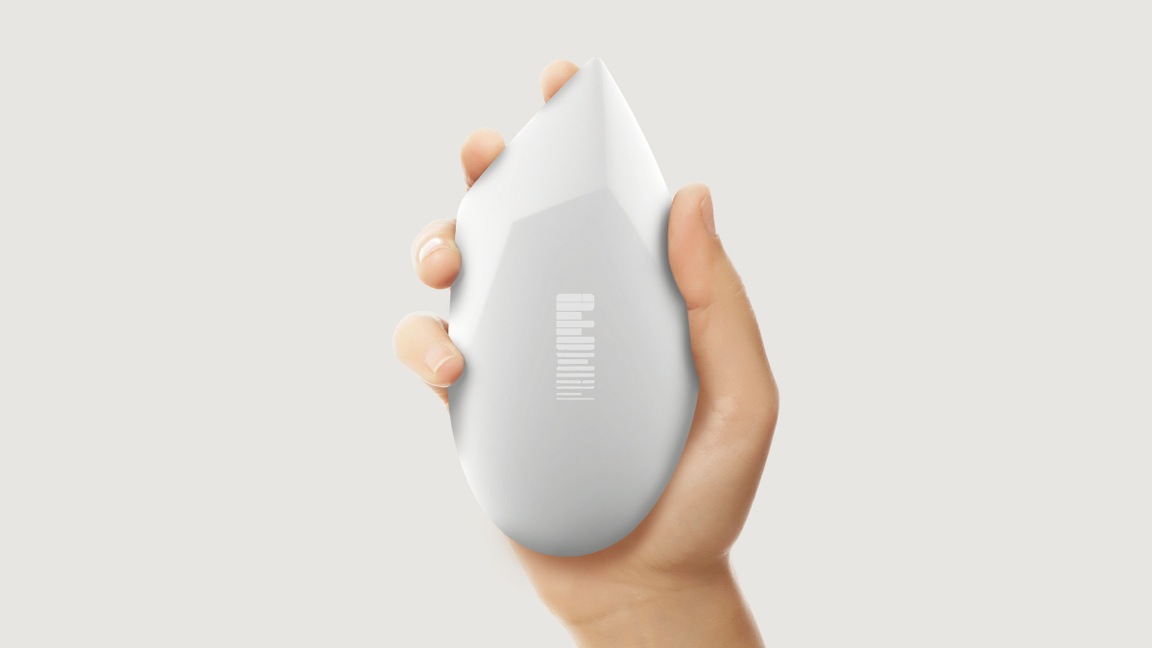As consumer perceptions of shape change, so must brands’ perspectives on form and aesthetics. New ideals, new concepts of structure and new innovations in materials are shifting consumer perceptions of the physical form; steering new directions for brands and culture as a whole.
In the ever-prescient body debate, society is just starting to rethink the way we see our bodies, more freely embracing different shapes and sizes. We are seeing the growth of plus size appeal both on the runway and in the shop windows. Similarly, our acceptance of body adornment is altering through tattoo art and piercings, as we move away from our traditional body and aesthetic stereotypes. We are becoming a ‘collage’ of different cultural aesthetics and influences. In the past we conformed to culture but in the future our constantly evolving individual expression will challenge, change and create it.
Two of our global brand leaders have boldly acknowledged the importance of shape through recent brand innovations. Jack Daniel’s revamped their iconic core offering in 2011, crafting the already iconic bottle, adding definition and strong “shoulders” to enhance the masculinity of the brand in a nod to their rough and tumble roots. On the other hand, Jimmy Choo’s new Flash fragrance epitomises the glamour of the red carpet with a crystal-faceted bottle that is designed to play with light to be reminiscent of paparazzi flash-bulbs. One spirit brand, one fragrance but both icons, these brands are exerting their prowess as they embrace and steer new design directives with shape and form in mind.
Certain industry sectors such as fashion, architecture, furniture have always embraced and explored the vagaries of shape and form. But what is evidently clear now is that our perceptions of shape (and its optimization) is affecting—and will continue to shape—the future of our brands and design innovation across all sectors. Included in this view of the future is the shape of our all—important technological devices and brands. Devices such as at home 3D printing are already giving the consumer the license to get creative with shape and form, so what will our gadgets of the future look like?
As part of our Futures program and our own study of the Body, we developed future-focused design concepts to help visualize and contextualize this. In this instance, we created a design that goes right back to basics but in the most hi–tech form, to create the ultimate evolution of a perfectly tailored, hand-held gadget to optimize peoples’ health, lifestyle and function. The Primate ‘rock’ is a tool designed to read your body’s status on a daily basis. Based on the information it gleans from scanning your hand—and with 3 sections for 3 different functions called Begin, Believe and Boost—mildit creates a plan for your daily mental and physical nourishment to keep you functioning at your optimal levels every day.

From physical form to technological physicality, consumers continue to look for ways to enhance, optimize and get creative with their own personal shape and space. Brands must acknowledge this movement by rethinking their own brand touch-points and experiences, understanding the opportunities that shape and form can deliver to create future growth.
About the Author
Darren Foley, Managing Director at Pearlfisher, London, joined the company in 2002 as Realisation Director, inventing the concept of realisation and advocating a design process in which our technical and creative teams work in harmony from the beginning. He has worked in the design industry for close to 25 years, starting out as a junior production artist, and amassing an unparalleled depth of knowledge for the discipline.
You may follow Pearlfisher on Twitter: @pearlfisherlive
#PFutures
#designingforthefuture
